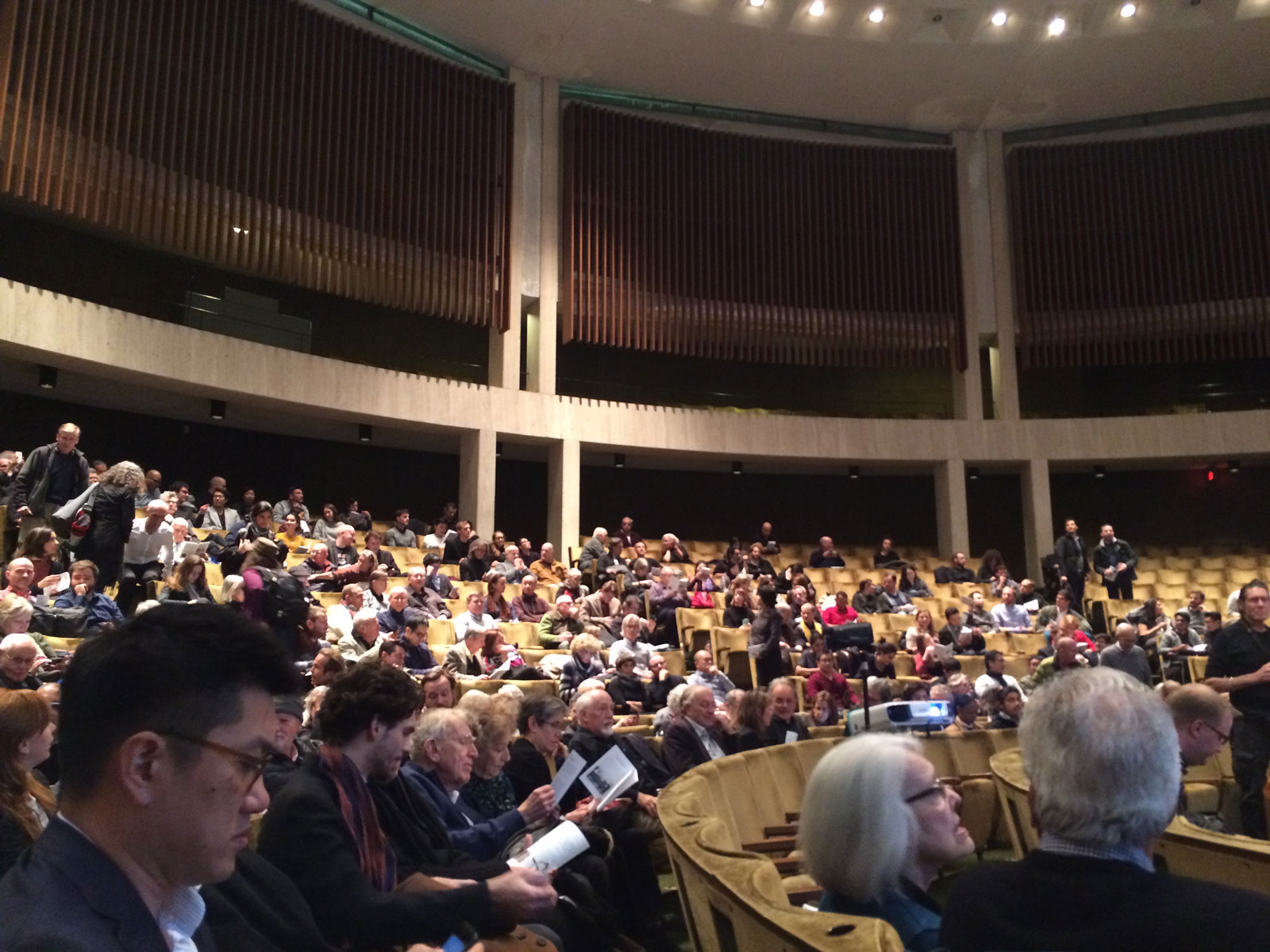Professor in Residence, Department of Architecture, GSD, Harvard University, Cambridge MA, USA
Almost since the French-Swiss architect Charles-Édouard Jeanneret (1887-1965) took on the pseudonym “Le Corbusier” in 1920, his architectural work and ideas have had worldwide influence. This began in Paris, but rapidly extended to the Bauhaus in Germany, and to various architects in Russia, Latin America, the United States, and Japan, and later to India and much of the world. In Osaka, Japan in the 1960s, the self-taught architect Tadao Ando looked to Le Corbusier’s works, many of them displayed in this exhibition and lent by the Foundation Le Corbusier, Paris and the Art Institute of Chicago, as a method of organizing his use of raw materials, particularly concrete, in dialog with natural elements such as light, wind, and water. But like many architects of the time, Ando also mostly rejected the rationalist urbanism of Le Corbusier, and instead sought to create vital and memorable spaces linked to human emotions as well as functional needs, generated from the expectations and routines of daily living. Unlike much postmodern historicism, then also just developing in the 1970s, Ando’s work continued to use some of Le Corbusier’s methods, but in a variety of profoundly different urban and cultural situations, an approach which he has continued to the present.
This symposium of Le Corbusier scholars, which took place on November 8-9, 2018, in conjunction with the exhibition Ando and Le Corbusier: Masters of Architecture held at the Wrightwood 659 Gallery in Chicago, was organized by Eric Mumford, co-curator of the exhibition and the Rebecca and John Voyles Chair of Architecture, Washington University in St. Louis (Figs. 1. 2).
Ando and Le Corbusier: Masters of Architecture exhibition, Wrightwood 659 Gallery, Chicago, Fall 2018. Part of the Le Corbusier section of the exhibition, showing drawings and two models of Le Corbusier’s design for the monumental core of the new state capitol of Chandigarh, Punjab (India), 1950-60. The exhibition also included several Le Corbusier’s paintings, including his Taureau VIII (Bull 8), 1954, shown here.
Ando and Le Corbusier: Masters of Architecture symposium, Chicago, Nov. 8-9, 2018. Participants, from left to right, front row: Fred Eychaner and Dan Whittaker (Wrightwood 659 Gallery founders); Eric Mumford (Washington University in St. Louis), Kenneth Frampton (Columbia University); Mary McLeod (Columbia University); Caroline Maniaque-Benton (Ecole Nationale Superieure d’Architecture de Normandie, Rouen (Fr.)); Tim Benton (Open University, U.K.). Back row: Michelangelo Sabatino (Dean of Architecture, IIT); Seng Kuan (University of Tokyo); Sheila Crane (University of Virginia).
It was opened by a keynote lecture on the two architects by Kenneth Frampton, Ware Chair of Architecture, Columbia University, and was held at a 1965 Harry Weese designed church in the Chicago Loop.
The following day various scholars spoke at the new Ando-designed Wrightwood 659 Gallery on their original research on aspects of Le Corbusier’s work. They included Tim Benton, Professor Emeritus of Art History, the Open University, U.K; Seng Kuan, Assistant Professor, University of Tokyo, and Lecturer, Harvard Graduate School of Design; Sheila Crane, Professor of Art History, University of Virginia; Caroline Maniaque-Benton, Professor of the History of Architecture, Ecole Nationale Superieure d’Architecture de Normandie, Rouen (Fr.); Michelangelo Sabatino, Dean of the College of Architecture and Rowe Family Endowed Chair, Illinois Institute of Technology; and Mary McLeod, Professor of Architecture, Columbia University (Fig. 3).
Ando and Le Corbusier: Masters of Architecture symposium, Chicago, Nov. 8-9, 2018. Participants, from left to right, front row: Fred Eychaner and Dan Whittaker (Wrightwood 659 Gallery founders); Eric Mumford (Washington University in St. Louis), Kenneth Frampton (Columbia University); Mary McLeod (Columbia University); Caroline Maniaque-Benton (Ecole Nationale Superieure d’Architecture de Normandie, Rouen (Fr.)); Tim Benton (Open University, U.K.). Back row: Michelangelo Sabatino (Dean of Architecture, IIT); Seng Kuan (University of Tokyo); Sheila Crane (University of Virginia).
Figures 1-3: photos by © the Author.
Eric Paul Mumford is the Rebecca and John Voyles Professor of Architecture in the Sam Fox School of Design & Visual Arts at Washington University in St. Louis. He is an expert on the history of modern architecture and urbanism, and teaches courses to architecture and other students in the history and theory of architecture. His books and edited volumes include The CIAM Discourse on Urbanism, 1928-1960 (2000), Modern Architecture in
St. Louis (2004); Defining Urban Design: CIAM Architects and the Formation of a Discipline (2009) and Designing the Modern City: Urbanism Since 1850 (2018).
E-mail: epm@wustl.edu



















